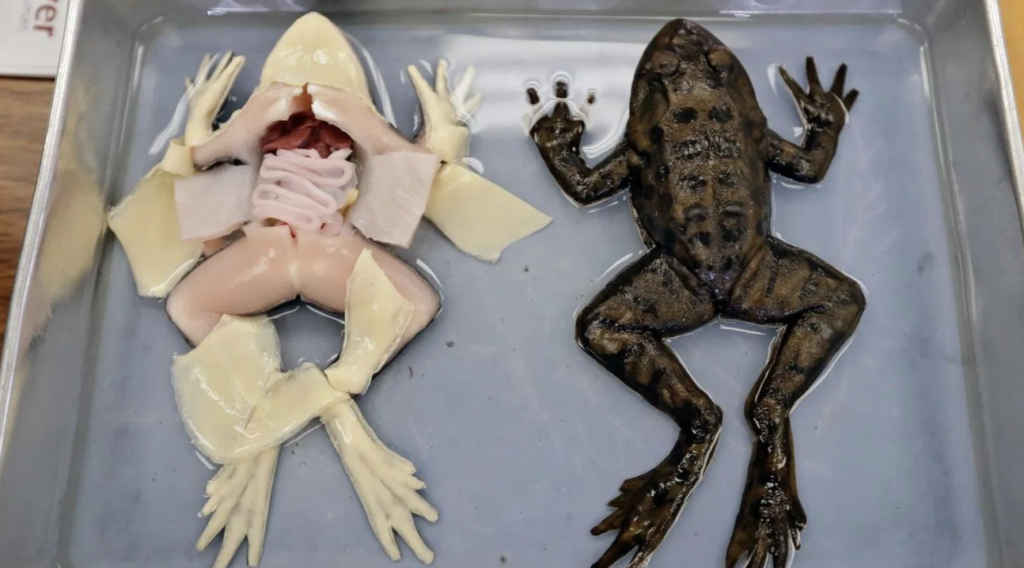
For decades, frog dissection has been a rite of passage in biology classrooms. But with advances in technology, changing educational standards, and a growing focus on ethical science practices, fake frogs in biology class are becoming a smarter, cleaner, and more compassionate alternative.
At Biology Junction, we’re committed to helping students, teachers, and schools explore modern tools in science education — and that includes highlighting the many benefits of frog dissection alternatives.
What Are Fake Frogs in Biology Class?
Fake frogs are realistic dissection models or virtual simulations used in place of actual preserved frogs. These tools mimic the anatomical structure of real frogs and offer a hands-on learning experience — without the ethical concerns or mess.
They come in several forms:
- 🐸 3D anatomical models
- 💻 Virtual dissection software
- 📱 Apps and interactive platforms
These tools are designed to provide highly accurate, engaging, and reusable alternatives to traditional dissection.
Why Schools Are Making the Switch
- Ethical Education
With increasing awareness around animal welfare, many schools are moving toward ethical biology learning. Using fake frogs eliminates the need to harvest real animals and teaches students respect for life. - Cost-Effective & Reusable
Traditional dissection can be costly year after year. Frog dissection alternatives — like synthetic frogs or virtual tools — are reusable and budget-friendly in the long term. - Clean, Safe, and Inclusive
No chemicals. No odor. No cleanup. Fake frogs make the dissection experience safer and more accessible — especially for students with ethical concerns, allergies, or sensitivities. - Aligned with Digital Learning Trends
Schools are adopting more digital tools post-pandemic. Virtual frog dissections fit perfectly into hybrid or remote learning environments.
Do Fake Frogs Still Teach Students Effectively?
Absolutely. In fact, studies show that students using virtual dissection platforms often perform as well or better than those using traditional methods. Why?
✅ They can repeat the dissection multiple times
✅ They receive instant feedback and guidance
✅ They learn in a stress-free environment
At Biology Junction, we believe learning should be informative, inclusive, and inspiring — and fake frogs help us get there.
Trusted Tools & Resources for Educators
If you’re a teacher looking to introduce frog dissection alternatives into your curriculum, we recommend checking out:
- Froggipedia – Award-winning AR app for virtual dissection
- SynFrog – Hyper-realistic synthetic frog models
- BioDigital Human – Virtual anatomy and biology exploration tool
We’re also working on new lesson plans, guides, and toolkits right here at Biology Junction to help educators integrate fake frogs in biology class effectively and confidently.
Final Thoughts: Building the Future of Biology Together
At Biology Junction, we’re more than just a resource hub — we’re a community of science educators and learners who believe in evolving with the times.
Embracing fake frogs in biology class isn’t just about keeping up — it’s about leading the way in ethical, modern, and effective science education.
Follow us for updates, classroom tools, and trusted tips to bring your biology curriculum into the future — frog-friendly and forward-thinking.
